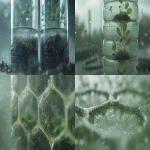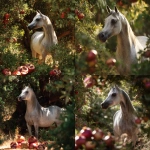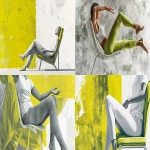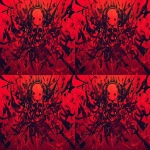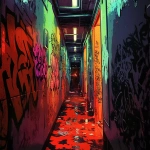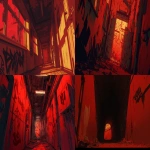Explore the Best AI Image Gallery

The Dawn of Synthetic Imagery: Exploring the Potential and Challenges of AI-Generated Images
With artificial intelligence (AI) infiltrating virtually every industry and domain, the creative realm of digital imagery and photography is no exception. AI-generated images are heralding a new dawn in this visual art, offering unprecedented opportunities while ushering in essential ethical considerations and potential risks.
Impacting the Creative Landscape
In the creative sector, AI-generated images are transforming the traditional methodologies, providing tools that extend beyond the physical and dive into the realm of the ideal. Artists and graphic designers can realize imagined landscapes, experimental forms, and surreal structures with precise details that were previously challenging or impossible to accomplish.
Moreover, AI technology enables speeding up the process of prototyping and creating visual content. From movies to video games, and from advertising to fashion, these innovative approaches are redefining creative workflow and offering unique experiential possibilities for audience engagement.
Potential Uses
The potential uses of AI-generated images are boundless. They are widely used for creating deepfake videos, a technology that puts one person's likeness onto another's body with shocking realism. In the advertising industry, AI is applied to produce images that create hyper-personalized product advertisements.
In scientific research, AI-generated images help in visualizing complex data or systems, such as meteorological patterns, geological enhancements, space explorations, and medical imaging. They are instrumental in creating realistic simulations for training or educational purposes.
Ethical Considerations
Despite the many benefits, AI-generated images raise poignant ethical questions. Concerns of copyright infringement, authentic representation, privacy breaches, and the misuse of deepfake technology for malicious purposes necessitate a careful assessment of AI's role in image creation.
It's important to find a balance where AI can augment human creativity without turning into a tool for misinformation or misrepresentation. Regulations must be put in place to govern AI's use in the generation of images to prevent unjust practices and promote ethical standards.
Future Trends
The future holds exciting prospects for AI-generated images. We will witness a proliferation of AI interventions in animation, virtual reality, augmented reality, and even in our day-to-day social media feeds.
We may also see an evolution of AI tools that cater to the specific needs of artists, enabling them to marry their creative intuition with machine precision for creating stunning artworks.
This synthesis of human creativity and AI could potentially interact to achieve a higher form of expression, exploring untapped territories of imagination.
The exploration of synthetic imagery powered by AI is at its nascent stage. As we dive deeper, fascinating possibilities and challenges lie ahead, shaping an intriguing journey of discovery in the creative landscape.

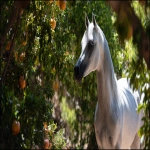



](https://images.ai-img.art/thumbnails/150/56d08b81b5991eca46f50c80b41db4e9ac06c775cbbf5138ea0734d93390316a.webp)

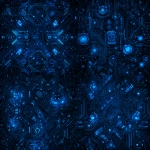

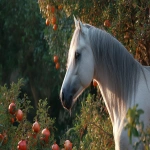
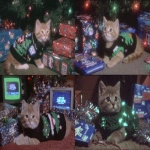
](https://images.ai-img.art/thumbnails/150/baf01e7f997f5bc030aa10831575d8b879a4a6755830df4bcd3dcc93346ef1dd.webp)
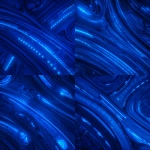
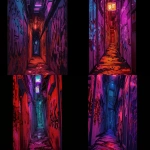



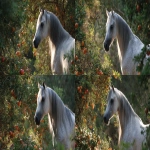
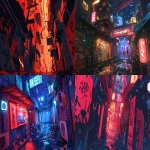
](https://images.ai-img.art/thumbnails/150/e407417f3921a9491278afc6484ec26f3ae374d4543e1a56898e8bcb1e41a0da.webp)
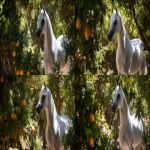
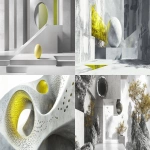
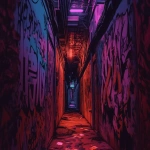
](https://images.ai-img.art/thumbnails/150/ed631f35091268316da1950d8f24949cf71c41220d75ddecc89232e1c28f3653.webp)
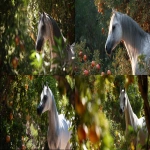
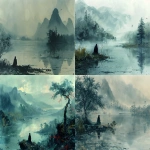

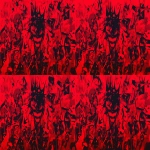
](https://images.ai-img.art/thumbnails/150/fd852e87169bf2f63982b31f7f16a8fa335d75d9536fd48c2b87c7d4b035fa7c.webp)

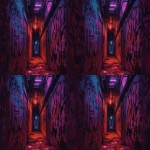
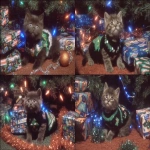

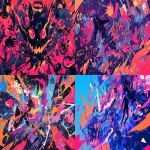
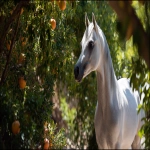
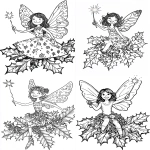
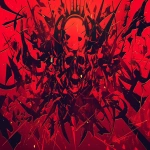
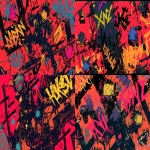
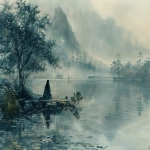
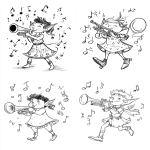
](https://images.ai-img.art/thumbnails/150/4dfe5499f7f4f9e5aa1613199c58710634f2cba5f57ac7e6717c1d56a9864e1a.webp)
